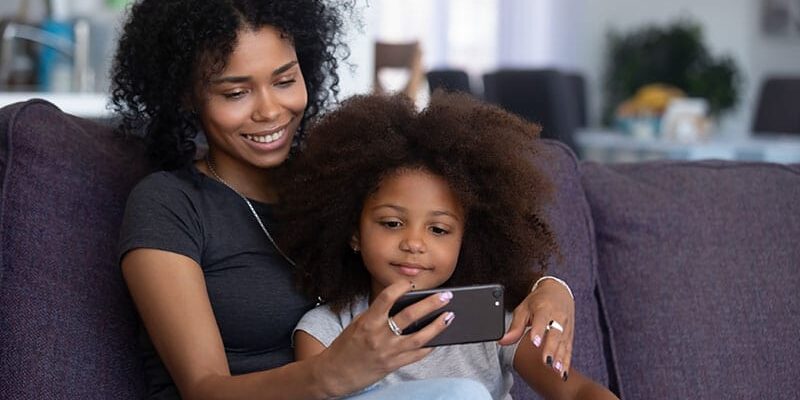In today’s technologically driven world, access to reliable mobile services is more than a luxury; supporting connectivity, education, and emergency communication is necessary. A government program ensures that low-income households are not left behind in the digital divide. This federal initiative offers significant support by providing eligible individuals with free or discounted mobile services, fostering inclusivity, and enabling active participation in modern society.
Understanding how to combine a lifeline government program with other government assistance programs can optimize its advantages, extending beyond primary access to encompass a broader range of mobile services. This article explores strategies to maximize the program’s benefits, ensuring recipients gain the most comprehensive mobile service access and coverage.
Understanding the Lifeline Government Program
The Lifeline government program was established to make communication services more accessible to low-income individuals across the United States. It provides monthly discounts on phone and internet services from participating providers. Eligibility for the program is typically determined through participation in other federal assistance programs such as Medicaid or the Supplemental Nutrition Assistance Program (SNAP) or a household income at or below 135% of the federal poverty guidelines.
Leveraging this program effectively requires a clear understanding of its eligibility criteria, the application process, and the benefits it offers. Participants receive a discount on monthly service charges, which can be applied to either landline or wireless services, helping reduce the financial burden of mobile and internet access. With the rise of digital demands, ensuring one remains connected through programs like Lifeline is more crucial than ever.
Combining Lifeline with Other Assistance Programs
One of the key strategies to maximize the benefits of Lifeline is to combine it with other assistance programs, such as the Affordable Connectivity Program (ACP). This approach extends the range of services available and increases the subsidy, making comprehensive mobile and internet access more affordable.
By integrating Lifeline with ACP, eligible households can receive enhanced discounts, including a higher monthly reduction on internet services and a one-time discount on a laptop, tablet, or desktop computer. This synergy between programs ensures that low-income families and individuals have the technological tools and connectivity necessary to thrive in an increasingly digital society. Proper understanding and utilization of these combined resources can significantly enhance one’s quality of life by providing extended access to educational, professional, and emergency communication services.
Navigating Application and Renewal Processes
Successfully applying for and maintaining benefits under the Lifeline program requires careful attention to the application and renewal processes. The initial application involves verifying eligibility through documentation and selecting a participating service provider. It is crucial to provide accurate and up-to-date information to avoid delays or denials of service.
Annual recertification is required to continue receiving Lifeline benefits. Participants must confirm their continued eligibility each year by submitting the necessary documentation again. Failure to complete this recertification process can result in discontinued discounted services. Therefore, staying informed about recertification deadlines and requirements is essential for uninterrupted service.
Technological Empowerment through Lifeline
Beyond primary access, Lifeline aims to empower participants technologically by offering them the tools to navigate various challenges. Access to the internet and mobile services can significantly enhance an individual’s ability to seek employment, access health care information, complete educational courses, and maintain meaningful personal connections.
It often includes free minutes, text messages, and data packages that can be critical during emergencies. These benefits ensure that individuals are not only connected but are also equipped to handle unexpected situations effectively. Therefore, the program plays a pivotal role in technological empowerment by breaking down the barriers that prevent low-income individuals from accessing and utilizing digital resources.
Maximizing the benefits of these government programs requires a strategic approach to combining resources, understanding eligibility and application processes, and using the program’s offerings to achieve technological empowerment. As digital access becomes increasingly essential, ensuring that all individuals can participate fully in society through programs like Lifeline supports individual growth and stability and strengthens the broader community. Future enhancements to the program should focus on expanding coverage and increasing benefits to meet the growing demands of the digital age.


